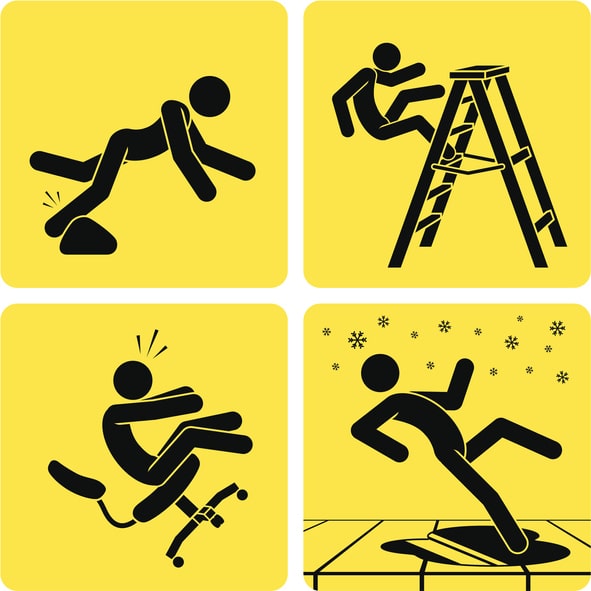30 Construction Safety Statistics for 2025
- Published on:
- Published in: Blog
Understanding the statistics surrounding injuries and fatalities in construction is crucial to foster a safer work environment. Workplace safety is a critical concern for everyone, particularly in industries where the risk of injuries and fatalities is higher. The construction sector is known for its demanding nature and often faces significant challenges in maintaining a safe working environment.
In this article, you will read the latest construction safety statistics, drawing from many reputable sources.
30 Workplace Injuries Statistics to Know
Is construction dangerous? Unfortunately, yes. The industry frequently tops the list of dangerous industries due to the high number of injuries and fatalities. Common construction injuries are falling, being struck by scaffolding, moving objects, and more.
So, let’s have a look at the latest construction accidents statistics;

According to BLS, the 3.6 severe workplace injury rate in 2021 was recorded as the highest yearly rate since 2016.

According to OSHA estimation, construction companies almost save $4 to $6, if they spend $1 in safety training programs.

Ages 25 to 34 were found to be the most common for workplace injuries among construction employees.
Why Construction Safety Is Essential In 2025?
As the industry progresses, wearable technology and equipment advancements are contributing to the ongoing evolution of construction safety. Yet, a renewed dedication to safety as well as instruction is vital in 2025 and it is also important to consider the quantity of avoidable accidents and fatalities in the sector every year.

Increasing worker safety demands funding for appropriate training. However, the technique life “three points of contact” aids in lowering the risk of falls, which are the number one cause of fatalities and injuries among construction workers. Meanwhile, preventing mishaps involving collisions or falling objects requires a thorough grasp of machinery like cranes and aerial lifts. Ultimately, enhanced communication has a quantifiable impact on safety, regardless of the type of communication—hand signals, for example, or a comprehensive safety plan.
However, prioritizing safety helps businesses save money in the long run and is essential in lowering the elevated incidence of accidents in the construction sector. The construction injury statistics are not just numbers; they are stories of hardship, resilience, and the urgent need for safer worksites.
Related Posts

Top 10 Fall Safety Topics & Tips for 2025

Is 360OSHA30 Training Accredited & Recognized in 2025?


